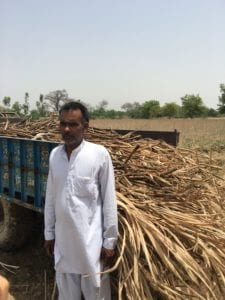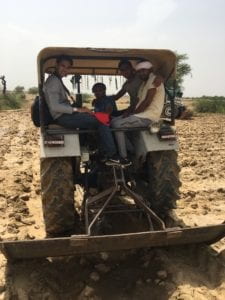Sudhanshu Kaushik
Haryana Human Rights Commission
New Delhi & Haryana, India
As I look through what I have written on this blog post throughout the past summer, I realize, now in my time of reflection, that I have managed to stay incredibly cynical about my time working with the HHRC on societal issues that plague India. It is true: India has a lot to work on in the field of human rights as practitioners struggle to work through the bureaucracy and political hurdles.

I do think, however, that private and public organizations have made great strides on a personal and larger level in bringing considerable change to the status quo to the norms that harms society, albeit it might not be enough, but there has been change nonetheless. Analyzing my time spent, I have realized that, even though I chose to focus on the wrongs we (the organization) couldn’t solve, there had been so many instances that organizations, especially HHRC, was able to solve through other organizational means. I would like to share some of those with you:
Under the contemporary caste-system, there are several different castes who focus on agriculture–specifically farming. The lowest–often referred to as peasant farmers–are migrants from less developed parts of India working on slave labour prices. They are typically from lower-castes, but are degraded further for their looks, origins, habits, etc. For decades, many suffered under the elites, but the Government, working with other private organizations, have started a policy to empower Dalits to give them free land, loans without interest for equipment and a fast-track policy for bureaucratic hurdles to cater to these people. Because of these policies, once who were slave-wage labors are being able to sustain their families from the assistance that the human right’s practitioners have worked simultaneously with the government to provide these opportunities.

Another example is the decision to launch an employment guarantee called National Rural Employment Guarantee Act for the lowest members of the society. This monumental policy would have zero effect on grassroots level individuals if it wasn’t for the work of the HHRC and other organizations who refer individuals that quality for employment and state their case for them. A little more reading on NREGA can be found here in relation to dalits.
I also noticed and met people who understand the negative effects of the caste-system who are working on their individual level to change. For example, Rambir, a farmer in Northern Haryana who belongs to an upper-caste land-owning community, provides fair wages, housing and free education for the children for everyone working on his lands and farms. Initiatives like these, through the community, are what India and human right’s organization desperately need to succeed in their mission of bringing equality no matter your gender, caste or creed.



